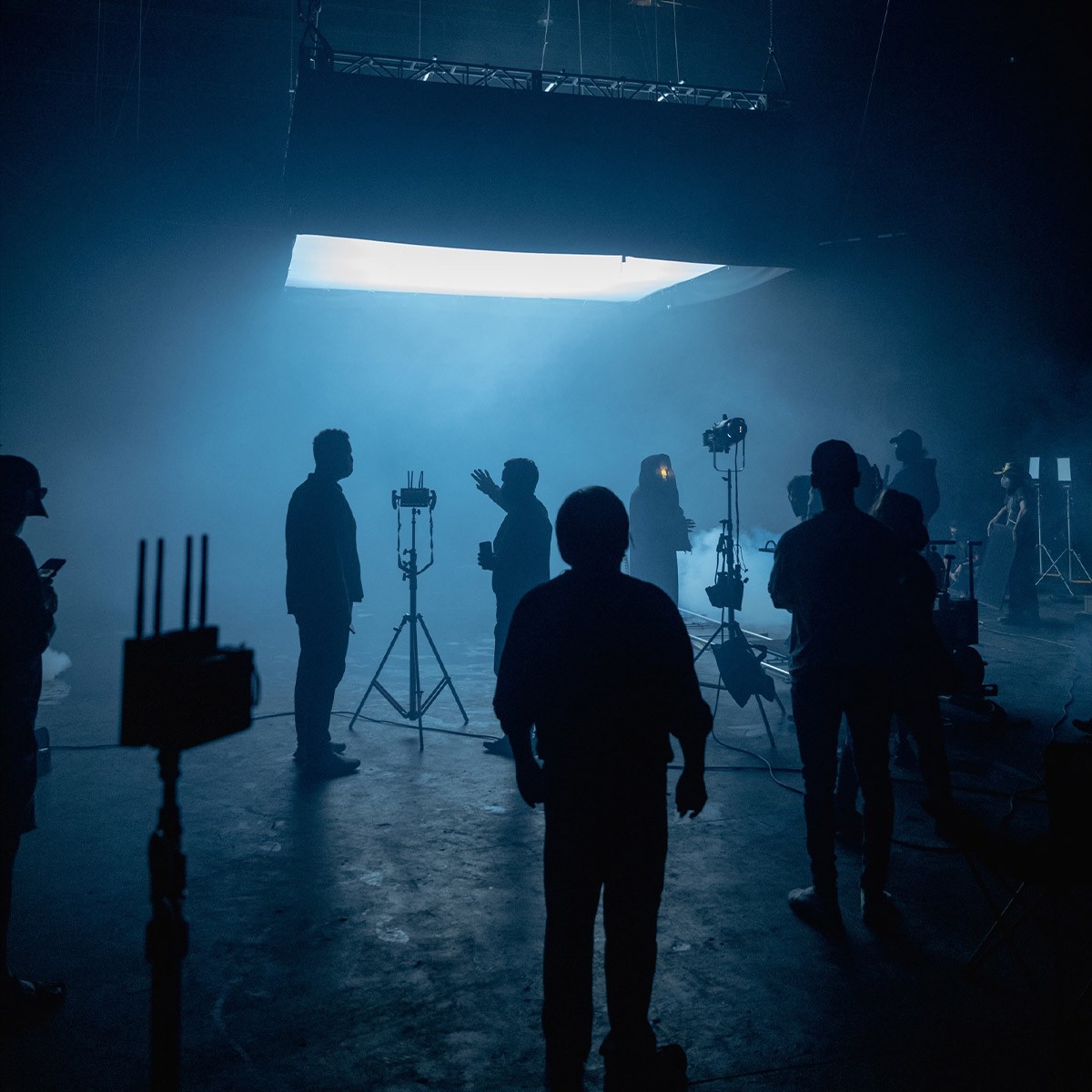Costume and Wardrobe Department
Film Crew Position: 2nd Unit Stylist

What does a 2nd Unit Stylist do?
A 2nd Unit Stylist forms a critical part of the Costume and Wardrobe Department in the film industry, primarily focusing on the visual aspects of character clothing and accessories for the second unit's footage. This individual works closely with the main unit's costume department to ensure continuity and consistency of the film's visual narrative, particularly in scenes shot by the second unit, which typically include stunts, location shots, and action sequences where the primary actors may not always be present.
What role does a 2nd Unit Stylist play?
The role of a 2nd Unit Stylist involves a variety of responsibilities, from selecting and coordinating the outfits for stand-ins and stunt doubles to ensuring that these costumes match the lead actors' looks in every detail. They collaborate with the director, costume designer, and cinematographer to maintain the film's established style and assist in fitting, alterations, and on-set adjustments. Their meticulous work is key in seamless transitions between first and second unit shots within a film's final cut.
Do you need to go to college to be a 2nd Unit Stylist?
Pursuing a career as a 2nd Unit Stylist does not necessarily require a college degree; however, a background in fashion design, costume design, or a related field can be incredibly beneficial. What's more critical is hands-on experience in the industry and a thorough understanding of costume continuity, garment care, and wardrobe management. Many 2nd Unit Stylists begin their careers by working their way up from entry-level positions within the wardrobe department or through internships where they gain practical experience.
What skills do you need to be a 2nd Unit Stylist?
Key skills for a 2nd Unit Stylist include a sharp eye for detail, strong organizational abilities, and excellent communication. A deep understanding of costume history, current fashion trends, and fabric types is essential. They must be adept at quick problem-solving, often under time pressures, and should know how to manage garment repairs and alterations. Being collaborative, adaptable to changing scenarios, and having the capacity to work effectively with diverse teams are also crucial attributes for success in this role.
New to filmmaking?
Get Free Template
Use our budget template to get a kick start on your film project. Get access to dozens of templates no matter what type of project!
